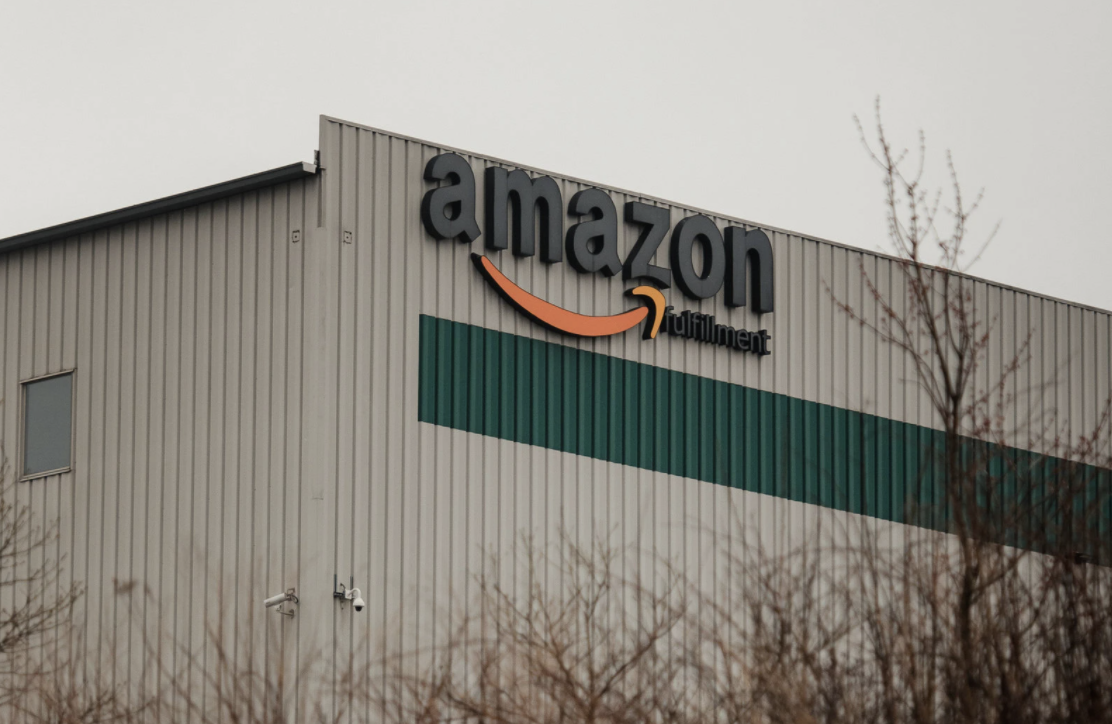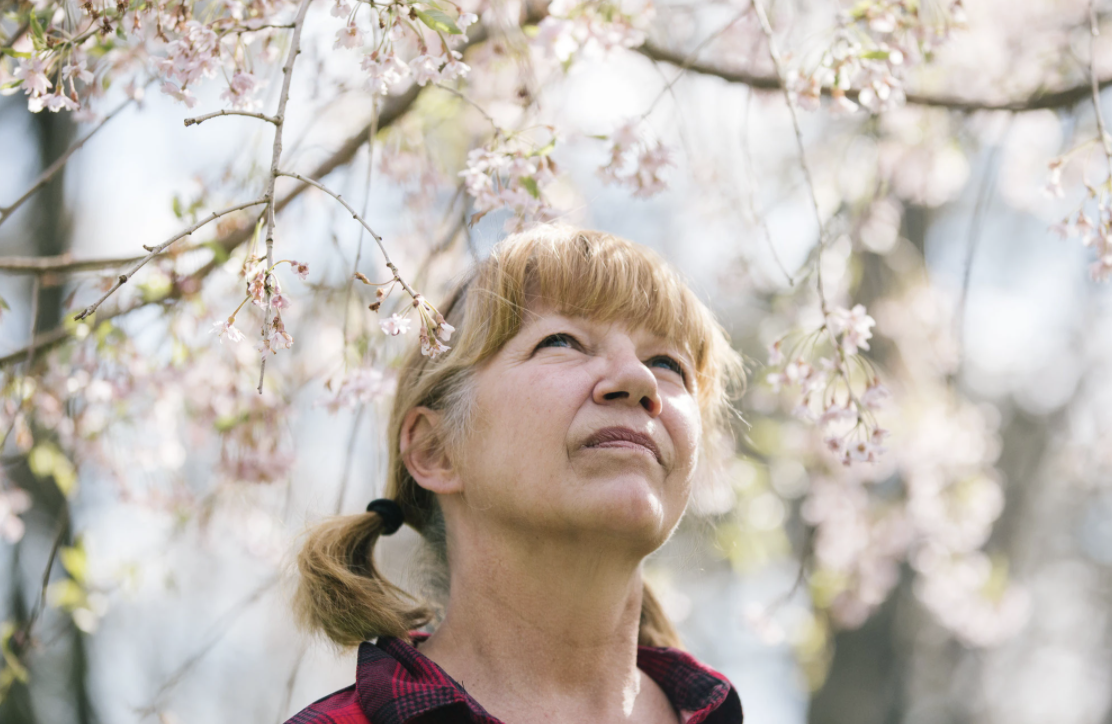“They Were Way Too Late” – Amazon Skimped On Safety At PA Warehouse Where 1,000 Workers Fell Ill: NYT
Tyler Durden
Tue, 05/19/2020 – 17:45
Just days after the 7th Amazon warehouse employee succumbed to the coronavirus, triggering another explosion of outrage as the patient died just after the e-commerce giant unveiled plans to cut hazard pay for warehouse workers (who are indisputably, as Sen. Sherrod Brown would say, ‘risking their lives for the sake of GDP’.
While that’s true – in a sense – it doesn’t change the fact that without these workers, millions of people might be cut off from critical supplies, including important staples like food, clothing etc. Even toilet paper and masks.
In response to the death, an NYT investigative reporter covering the Jeff Bezos-founded e-commerce and cloud computing behemoth published a sprawling piece detailing Amazon’s many failures to protect workers at “AVP1” – a fulfillment center nestled in PA’s Hazle Township, a small town in Luzerne County, nestled in the foothills of the scenic Poconos.
More warehouse workers at AVP1 have been infected than any other of Amazon’s 500 facilities in the US, the NYT reported. The total remains unclear: Some local lawmakers
Local lawmakers believe that more than 100 workers have contracted the disease. At first, Amazon informed workers about each new case. But when the total hit 60, the announcements inexplicably stopped.
That was consistent with patterns seen at other warehouses: According to a the NYT, one employee/activist at Amazon crowdsourced a count of 900 cases, but it’s believed the number is higher. Amazon employs about 400k blue-collar workers. The company’s inability to protect these workers, according to the NYT, is made more indefensible by the fact that the company was supposedly “early” in confronting the virus: It told its Seattle-based white-collar employees to work from home starting on March 5. It also consulted an infectious disease specialist about what to do. Still, since there are no other companies really like Amazon in the US, there’s nothing to really compare its performance to. The 900-case figure is more or less consistent with the overall infection rate for the US – that is, about 2.25 cases per 100,000.
At Amazon’s 600,000-square-foot warehouse in the Poconos, safety precautions for workers weren’t implemented until mid-March. But throughout the facility, the safety procedures were seemingly not followed. A photo taken at the warehouse showed the members of the team responsible for enforcing the protocols taking a group photo on St. Patrick’s Day. None of them were wearing masks, and they all huddled in close, despite working in the site of a coronavirus outbreak.
Managers placed yellow tape marking off six-foot increments on a main walkway, but they were ignored as most workers treated it like “just another day,” according to Therese Kelly, a warehouse worker interviewed by the NYT. Kelly tested positive for COVID-19, but has since recovered.
Therese Kelly
One day, Kelly – a 9-year Amazon vet – walked into the warehouse for her shift and noticed four hand sanitizer pumps affixed to a pole were empty. They were never refilled. Soon, she asked to be sent home after noticing a suspiciously scratchy throat. She tested positive for the virus a few days later.
Amazon defended the company’s actions, arguing that the warehouse was situated in a community with a high infection rate. But what came first, the chicken, or the egg?
Dave Clark, who runs Amazon’s global operations, said in a statement that “we were earlier than most when rolling out broad protective measures for our teams, and we’ve adapted every day to make improvements.” He pointed out that the warehouse is in a region with a high community infection rate and said he didn’t think employees had caught the virus at work.
“We believe our efforts are working,” Mr. Clark said.
Among other lapses, the NYT investigation found that Amazon hesitated to add certain critical safety features until a month to two months after the first cases emerged in early March. Despite consulting a PhD and infectious-disease specialist at Columbia University – who advised them to implement fever checks, social distancing and other measures – multiple employees told NYT that many of these practices weren’t implemented at AVP1.
One GOP state rep told the NYT that her office was inundated with complaints and people demanding that the legislature “do something” about Amazon.
The company in February began consulting with Dr. Ian Lipkin, an infectious-disease specialist at Columbia University, who advised introducing checks for fever, social distancing and other measures.
“They wanted to stay ahead of the science as best they could,” Dr. Lipkin said.
Still, some standard safety advice didn’t become common practice at AVP1 for almost two months, according to interviews with six workers, community advocates and elected officials, some of whom asked that their names not be used for fear of retribution.
It wasn’t until the first week in April, about a month after white-collar workers in Seattle were sent home, that fever checks were instituted at the Hazle Township warehouse. Masks were available to those who asked for them, but weren’t required. Tables in the break room were moved apart, but as employees who had stayed home returned to work, lunch became crowded; Amazon added an extra break time on April 21 after workers complained. In social media posts and interviews, workers argued that the plant should be temporarily closed for deep cleaning.
By the end of March, State Representative Tarah Toohil, a Republican whose district includes the warehouse, was hearing from workers. A relative of an employee called to say Amazon’s cleaning crew had not shown up for work the previous day. Two days later, the mother of a contract worker called to say not enough had changed at the warehouse.
“Now they are up to about nine cases, and it’s still running the same,” the woman wrote in an email.
Amazon kept alerting workers to new infections. April 4: four cases. April 6: nine cases. April 8: eight cases.
A worker even filed a report with OSHA, but OSHA cleared Amazon after the company purportedly provided “documentation” showing the safety measures had been implemented.
And despite all of this, Amazon persistently refused to close the warehouse – like they did with another warehouse in Westchester, NY – for a deep cleaning.
That day, a worker complained to the Occupational Safety and Health Administration, reporting that “there’s no disinfectant we bring our own,” and that employees awaiting Covid-19 test results were still going to work.
“The richest company in the world can afford to close for a few days with pay for their people,” the employee wrote. OSHA, which asked employers to investigate themselves during the outbreak, closed the complaint after Amazon provided documentation of its efforts.
A Democratic Congressman called on Amazon to close for a cleaning and continue paying its employees. It refused, though it did improve safety protocols noticeably as April wore on and May began.
However, even when Cargill closed a meat-processing plant in the same industrial park as Amazon and allowed its 900 workers 2 weeks of paid leave, Amazon brought in a pest control company to disinfect between shifts. But Amazon still refused to shut the warehouse down for a deep clean, something that could have halted the spread of the virus.
Pressure mounted when the Cargill meatpacking plant in the same industrial park as Amazon shut its doors, promising to pay its 900 workers for two weeks. More than 100 had tested positive for the disease.
“I believe it actually saved lives,” said Wendell Young IV, who heads the region’s United Food and Commercial Workers union. “Any spread related to the plant stopped immediately.”
The new cases kept coming. When workers asked management why they stopped writing case numbers on a white board, managers said Amazon e-commerce bigwigs believed it would “scare” employees.
On April 10, Amazon announced 11 new cases. On April 13, it was four new infections, and on April 15 the company told employees that another 11 people were infected. After that, no specifics were forthcoming, just announcements that there had been additional cases.
On a whiteboard in the warehouse, several employees asked managers why the number of infections was no longer shared. They were told that it made no difference and that the company didn’t want to make employees fearful.
Now, employees who caught the virus and were forced to stay home – including several interviewed by the NYT – are now working overtime to make up for the money they lost while they were sick. While Kelly told the NYT, upon returning, that she was happy new safety precautions had been implemented, she added that she wished they company had done all this sooner. “It’s just way too late,” she said.
via ZeroHedge News https://ift.tt/36cYbHC Tyler Durden

